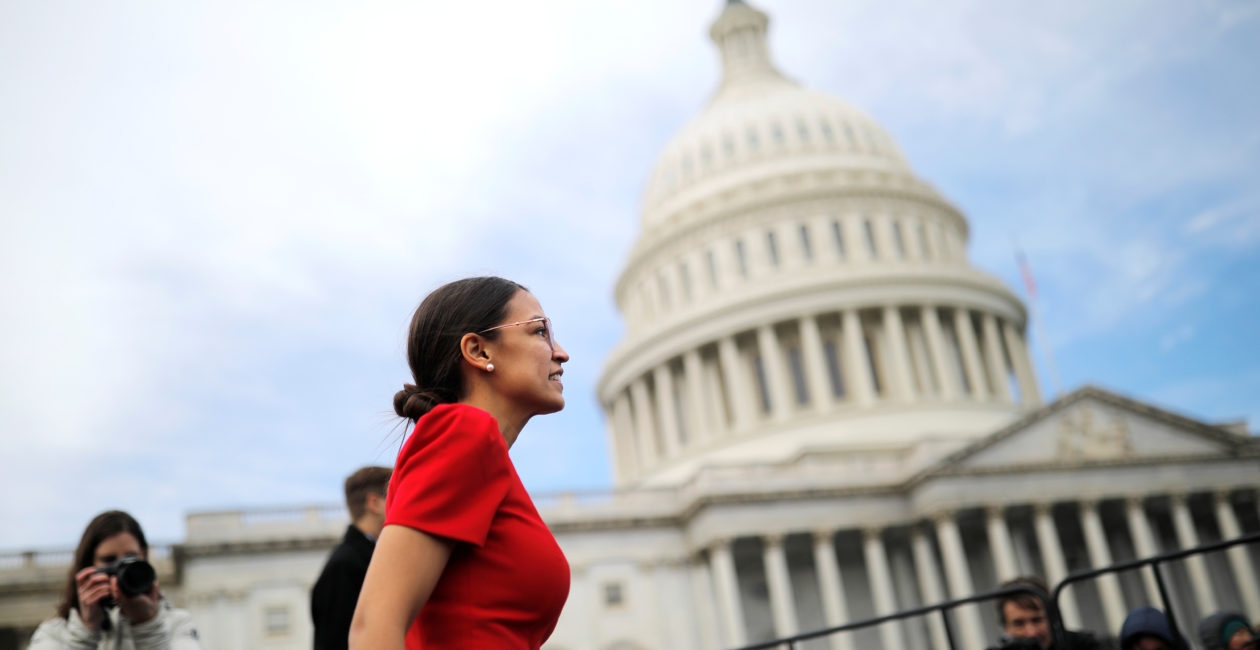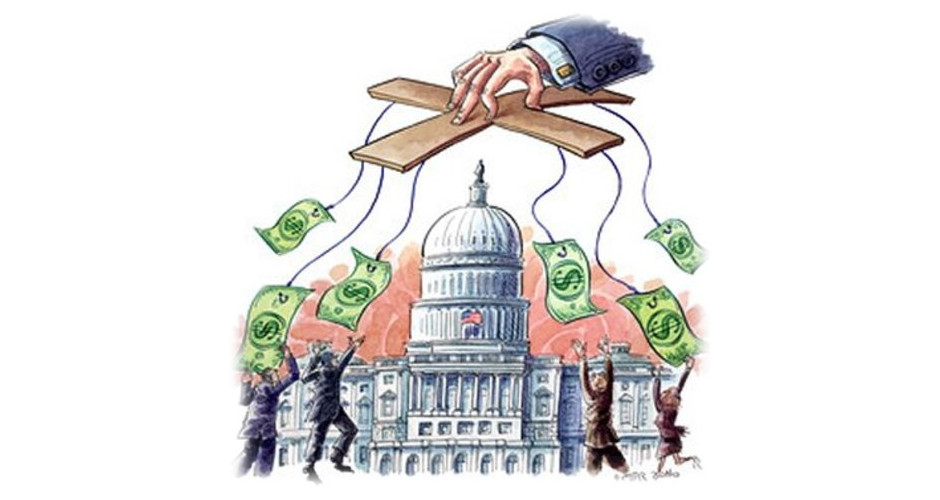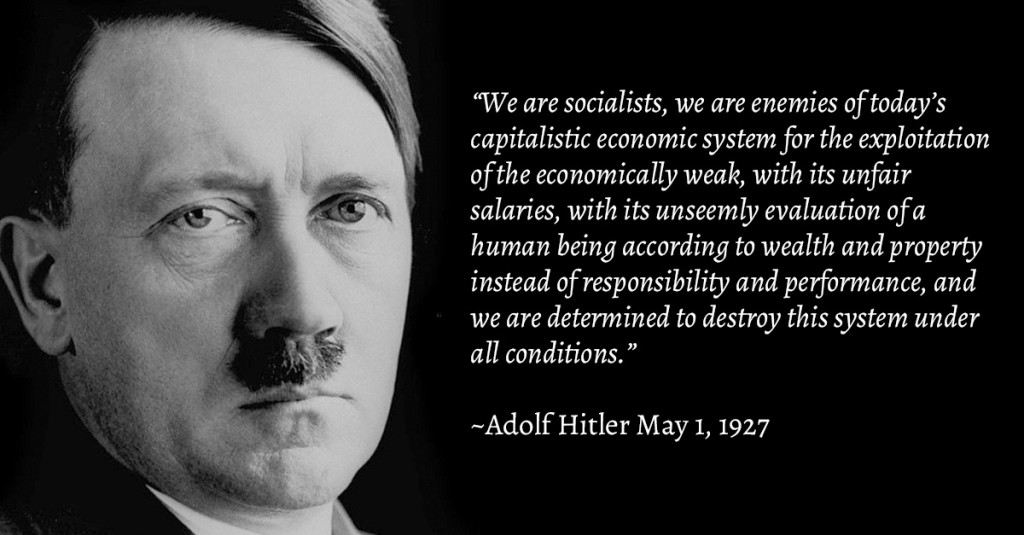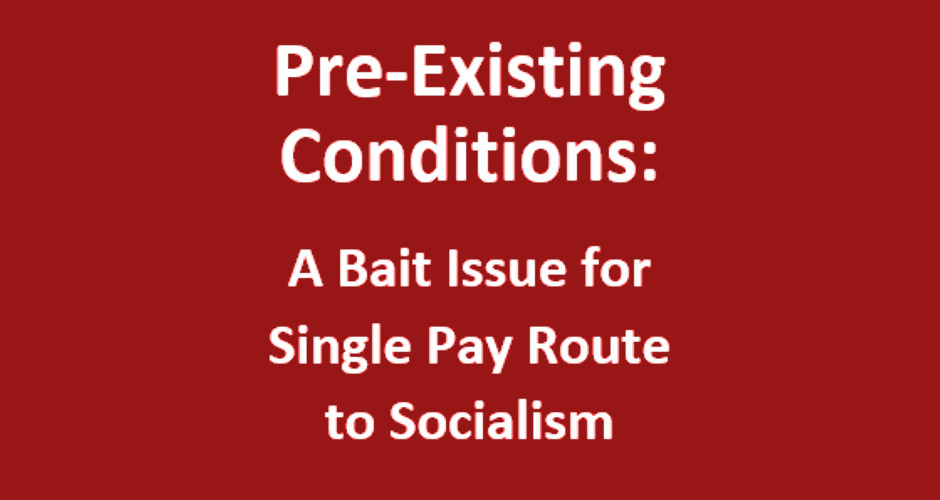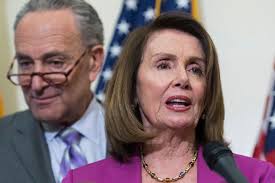Coincident with the 200th anniversary of Karl Marx’s birth, socialism is making a comeback in American political discourse. Detailed policy proposals from self-declared socialists are gaining support in Congress and among much of the electorate.
It is unclear, of course, exactly what a typical voter has in mind when he or she thinks of “socialism.” But economists generally agree about how to define socialism, and they have devoted enormous time and resources to studying its costs and benefits. With an eye on this broad body of literature, this report discusses socialism’s historic visions and intents, its economic features, its impact on economic performance, and its relationship with recent policy proposals in the United States.
We find that historical proponents of socialist policies and those in the contemporary United States share some of their visions and intents. They both characterize the distribution of income in market economies as the unjust result of “exploitation,” which should be rectified by extensive state control. The proposed solutions include single-payer systems, high tax rates (“from each according to his ability”), and public policies that hand out much of the Nation’s goods and services “free” of charge (“to each according to his needs”). Where they differ is that contemporary democratic socialists denounce state brutality and would allow individuals to privately own the means of production in many industries.
In assessing the effects of socialist policies, it is important to recognize that they provide little material incentive for production and innovation and, by distributing goods and services for “free,” prevent prices from revealing economically important information about costs and consumer needs and wants. To this end, as the then–prime minister of the United Kingdom, Margaret Thatcher (1976), once argued, “Socialist governments . . . always run out of other people’s money,” and thus the way to prosperity is for the state to give “the people more choice to spend their own money in their own way.”
Whether socialism delivers on its appealing promises is an empirical question. We begin our investigation by looking closely at the most highly socialist cases, which are typically agricultural economies, such as Maoist China, Cuba, and the Union of Soviet Socialist Republics (USSR). Their nondemocratic governments seized control of farming, promising to make food more abundant. The result was substantially less food production and tens of millions of deaths by starvation. Even if highly socialist policies are peacefully implemented under the auspices of democracy, the fundamental incentive distortions and information problems created by large state organizations and the centralized control of resources are also present in industrialized countries, as is currently the case in Venezuela. Lessons from poorly performing agricultural economies under socialist regimes carry over to government takeovers of other modern industries: They produce less rather than more.
These countries are examples of a more general pattern of socialism’s negative output effects. Such outcomes have also been observed in cross-country studies of the effect of greater economic freedom—quantified as an index of taxation and public spending, the extent of state-owned enterprises, economic regulation, and other factors—on real gross domestic product (GDP). This literature finds a strong association between greater economic freedom and better economic performance. It suggests that replacing U.S. policies with highly socialist policies, such as Venezuela’s, would reduce real GDP at least 40 percent in the long run, or about $24,000 per year for the average person.
Although they are sometimes cited as more relevant socialist success stories, the experiences of the Nordic countries also support the conclusion that socialism reduces living standards. In many respects, the Nordic countries’ policies now differ significantly from what economists have in mind when they think of socialism. For instance, they do not provide healthcare for “free”; Nordic healthcare financing includes substantial cost sharing. Marginal labor income tax rates in the Nordic countries today are only somewhat higher than in the United States, and Nordic taxation overall is surprisingly less progressive than U.S. taxes. The Nordic countries also tax capital income less and regulate product markets less than the United States does. However, the Nordic countries do regulate and tax labor markets somewhat more; thus, American families earning the average wage would be taxed $2,000 to $5,000 more per year net of transfers if the United States had current Nordic policies. Living standards in the Nordic countries are at least 15 percent lower than in the United States.
It may well be that American socialists are envisioning moving our policies to align with those of the Nordic countries in the 1970s, when their policies were more in line with economists’ traditional definition of socialism. We estimate that if the United States were to adopt these policies, its real GDP would decline by at least 19 percent in the long run, or about $11,000 per year for the average person.
The Nordic and European versions of socialized medicine have been viewed as so desirable by modern U.S. socialists that they have proposed nationalizing payments for the healthcare sector (which makes up more than a sixth of the U.S. economy) through the recent “Medicare for All” proposal. This policy would distribute healthcare for “free” (i.e., without cost sharing) through a monopoly government health insurer that would centrally set all prices paid to suppliers such as doctors and hospitals. We find that if this policy were financed out of current Federal spending without borrowing or tax increases, then more than half the entire existing Federal budget would need to be cut. Or if it were financed through higher taxes, GDP would fall by 9 percent, or about $7,000 per person in 2022, due to high tax rates that would reduce incentives to supply the factors of production. Evidence on the productivity and effectiveness of single-payer systems suggests that “Medicare for All” would reduce both short- and long-run longevity and health despite increasing somewhat the population with health insurance.





















